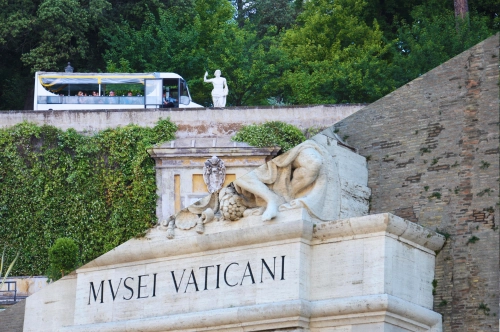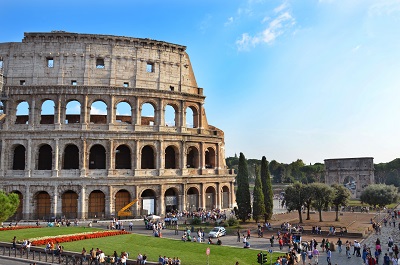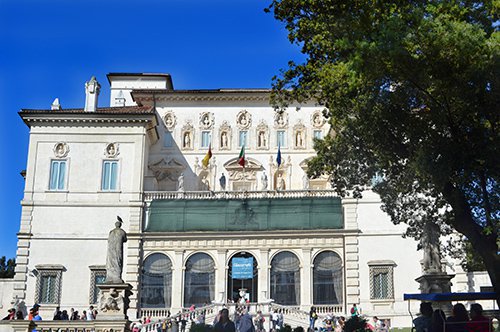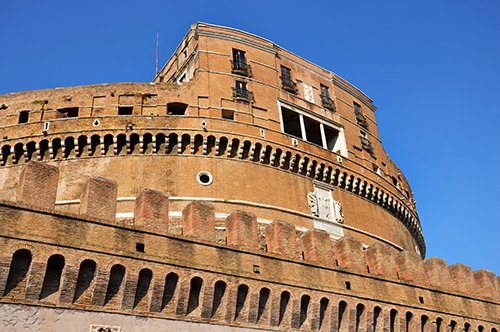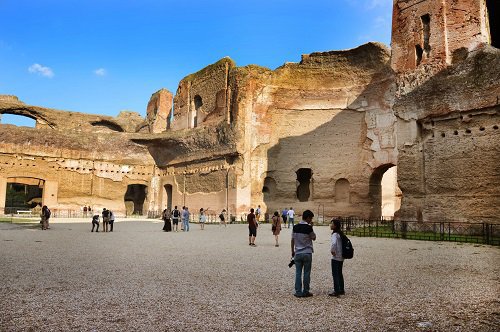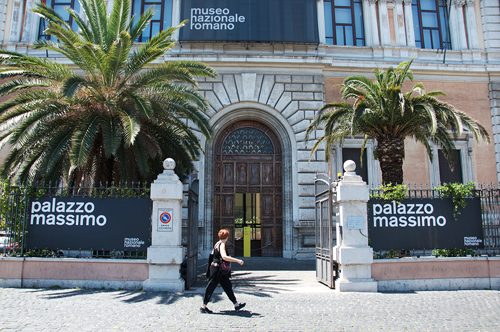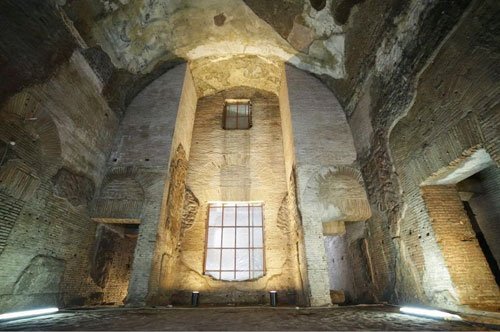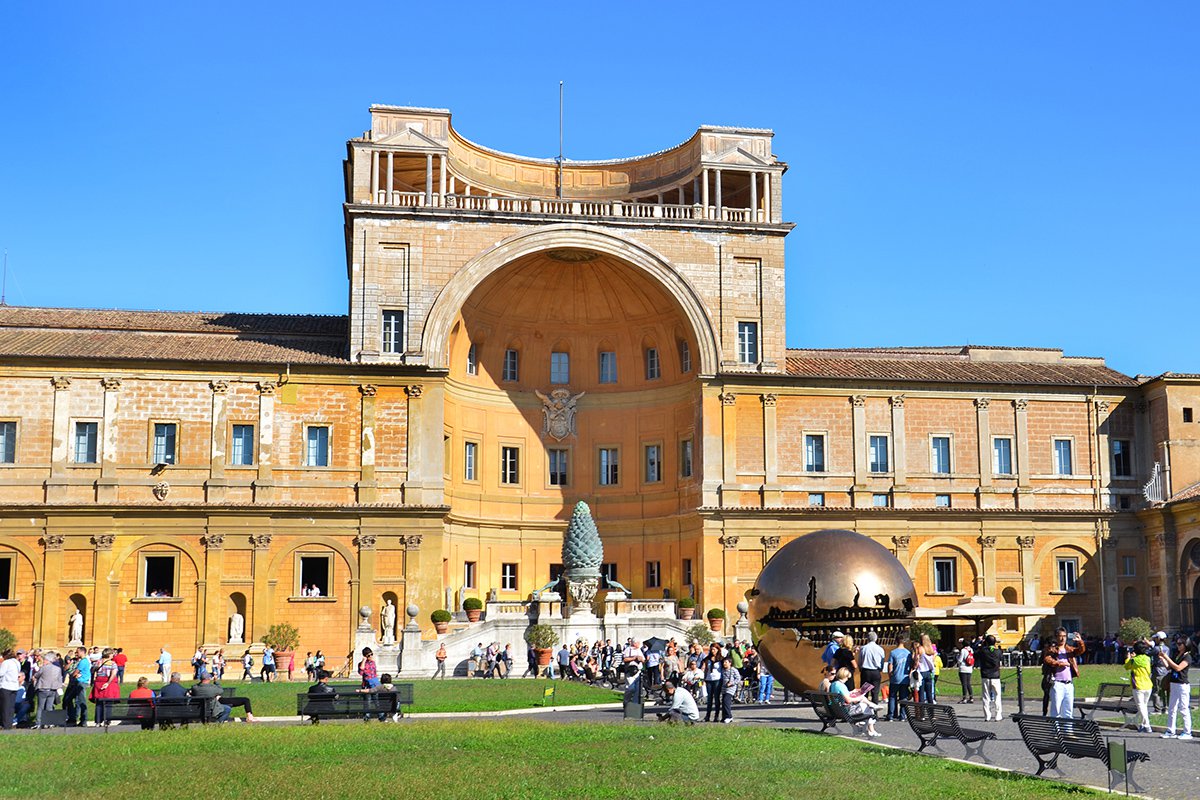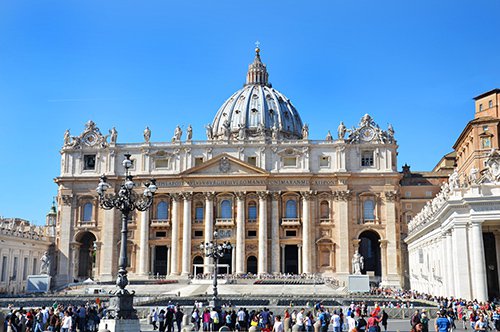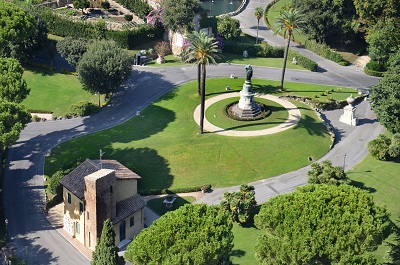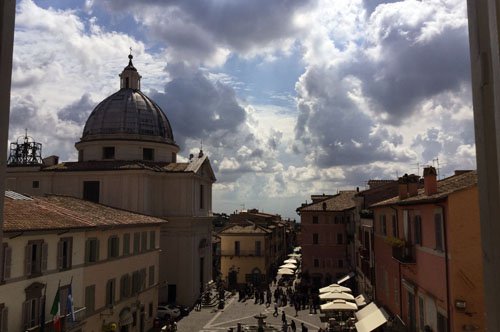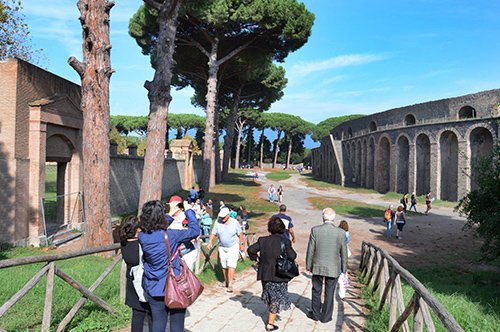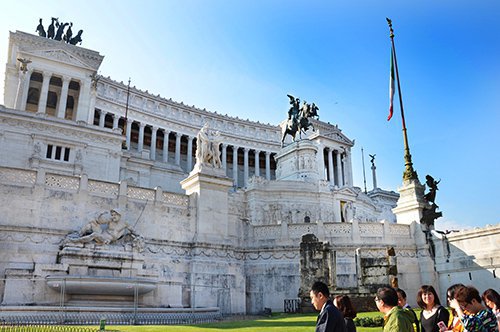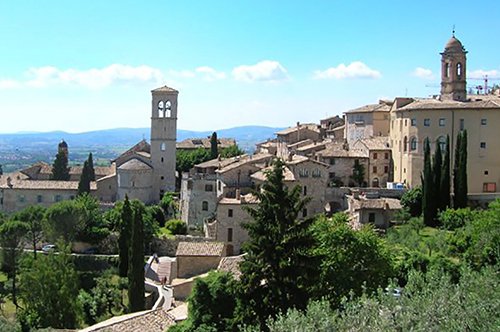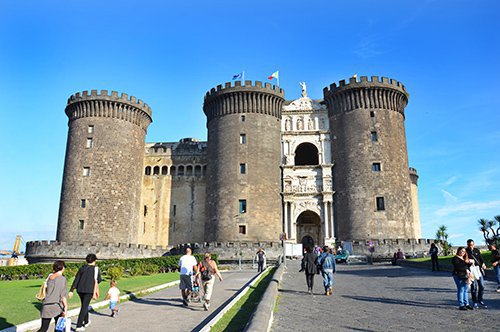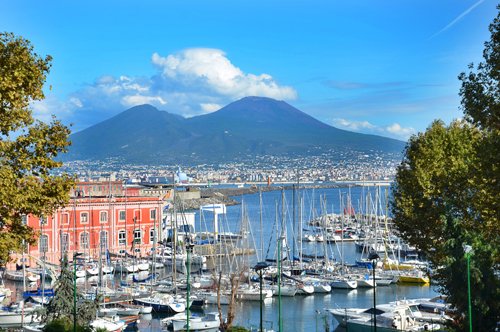Vatican Gardens
All Categories
Tickets
Guided Tours
Private Tours
Vatican Gardens: Book your tickets now!
Vatican Gardens by Open-Bus and Entrance ticket to the Vatican Museums.
Discover the Vatican Gardens on a comfortable electric bus, and afterwards, visit the Vatican Museums and the Sistine Chapel.
Reserved entrance
Confirmation by email
Fast track entry
E-voucher accepted
Duration: about 45 minutes
Multilingual Audio Guide
33.00 €
WHY VISIT THE VATICAN GARDENS
The Vatican Gardens are a tribute to nature, history, and faith. Strolling through their paths, you can admire sculptures, fountains, small temples, and grottoes, as well as a vibrant variety of trees, flowers, and plants from all over the world. The Gardens are divided into the Pope's Orchard, the Italian Garden, and the English Garden areas. They contain various buildings, including the Governor’s Palace, the State Tribunal, and the Vatican Railway Station. The Vatican Gardens therefore offer a unique opportunity to appreciate a fascinating place where artistic beauty blends harmoniously with nature.
A BIT OF HISTORY ABOUT THE VATICAN GARDENS
In 1279, Pope Nicholas III moved the papal residence back to the Vatican and had protective walls built around it. Inside these walls, an orchard, a lawn, and a small garden were created, near Colle Sant’Egidio, the site of today’s Vatican Museums’ Courtyards and the Belvedere Palace. The most recently developed area is now the starting point for visits to the Gardens. Between the 16th and 17th centuries, the gardens were further embellished by Bramante and Ligorio, as well as artists such as Tempesta, Maggi, and Falda. Fountains, small temples, and statues were added, giving the gardens a distinctive Renaissance style.
WHAT ARE THE VATICAN GARDENS TODAY
Today, the Vatican Gardens occupy nearly two-thirds of the Vatican City’s surface, offering a peaceful oasis where the Pope can relax and meditate. Some parts of the historic Leonine Walls are still visible, as well as two circular towers: the Radio Tower and the Gregorian Tower. Along the paths, you’ll encounter many fountains, small temples, shrines, and grottoes, such as the Grotto of Our Lady of the Guard. There is also a heliport, introduced by Pope Paul VI, and accessible through the French-style Garden area, home to some of the most important trees and a large underground cistern that stores millions of liters of water for irrigation, fountain supply, and as a reserve in case of fire.
CURIOSITIES ABOUT THE VATICAN GARDENS
Did you know that parts of the Leonine Walls, built by Pope Leo IV to protect St. Peter’s Basilica and Vatican Hill, still remain within Vatican City? The original wall design had a horseshoe shape, starting from Hadrian’s Mausoleum and stretching toward the Tiber by way of the Janiculum Hill. One of the most distinctive fountains in the Vatican Gardens is the “Galera” fountain, built in 1621, which represents a warship with cannons and sails spraying water. Another notable fountain is the “Eagle Fountain,” built atop a small cliff and featuring sculptures of dragons and eagles.
HOW CAN I VISIT THE VATICAN GARDENS?
The Vatican Gardens can only be visited by joining an official group guided tour organized by the Museums, or by booking an audio-guided tour on an electric bus. Both options include tickets with priority entrance to the Vatican Museums.
OTHER ATTRACTIONS
The Vatican Gardens form the spectacular backdrop to many remarkable places within Vatican City. Not to be missed are the Vatican Museums, displaying countless papal artworks; St. Peter’s Basilica, with its impressive architecture and iconic dome; and the Sistine Chapel, home to Michelangelo’s stunning frescos. Once outside Vatican City and with a map of Rome in hand, you can continue exploring the capital city: don’t miss the Colosseum—Rome’s iconic symbol—along with the Palatine Hill and Roman Forum. Also of great artistic and archaeological interest are the Baths of Caracalla and the Villa of the Quintilii on the ancient Appian Way, where you'll also find the Tomb of Cecilia Metella. Four important museums in Rome make up the National Roman Museum: Palazzo Massimo, Palazzo Altemps, the Baths of Diocletian, and the Crypta Balbi. The Capitoline Museums, dating back to 1471, hold numerous works collected since then and are located in central Rome near the Capitoline Hill and the Altar of the Fatherland. Not far away you can visit the remains of Nero’s grand villa, the Domus Aurea, as well as the Museum of the Ara Pacis and Castel Sant’Angelo by the Tiber. One of the city’s most popular parks is Villa Borghese, where you can visit both the Villa and the Borghese Gallery. Another fascinating site in Rome is the ancient Catacombs; or, if you want to explore the surrounding areas, plan a trip to the beautiful town of Castel Gandolfo or to Villa d’Este in Tivoli with its stunning gardens.



